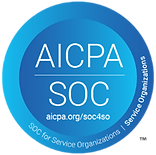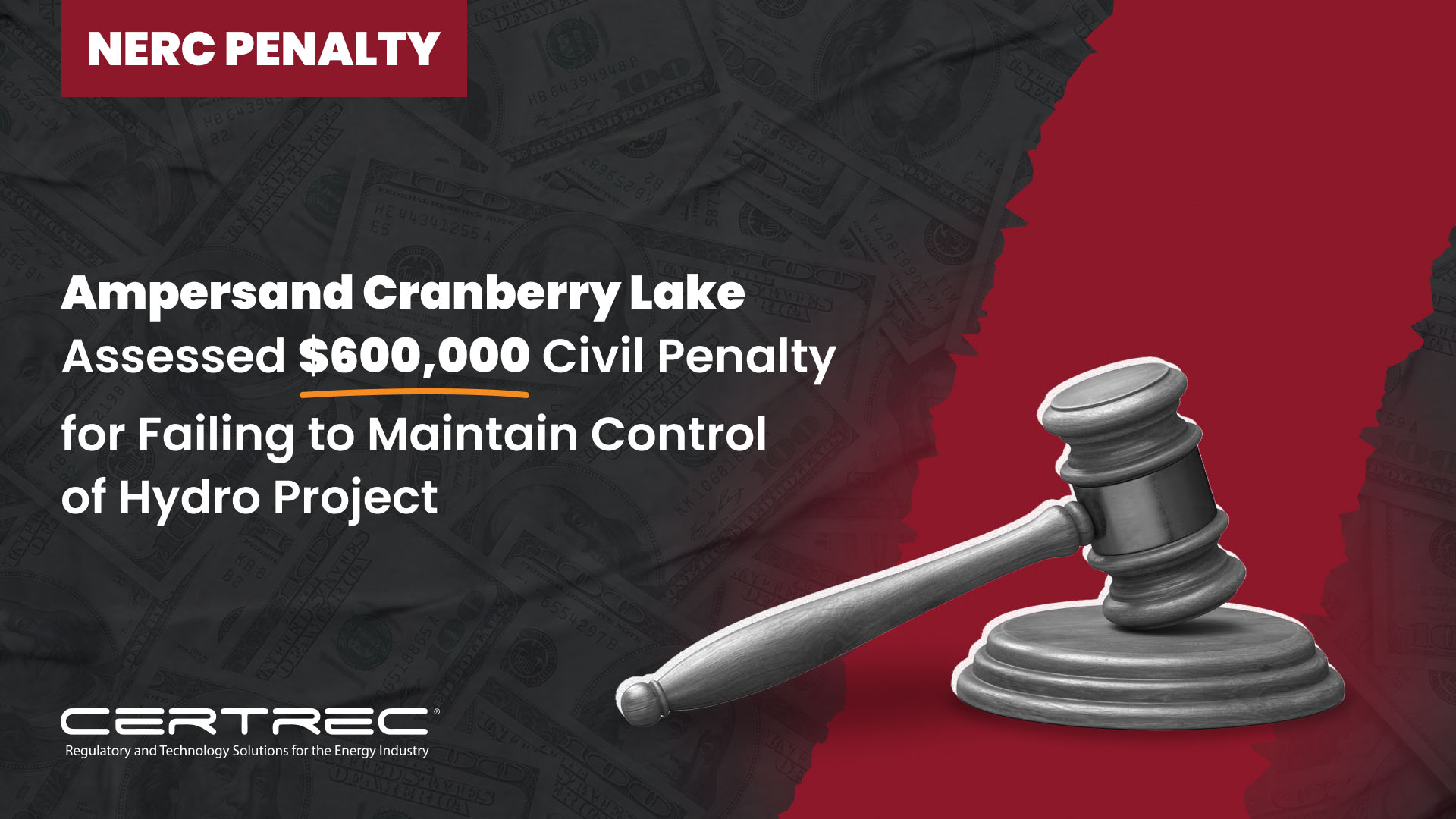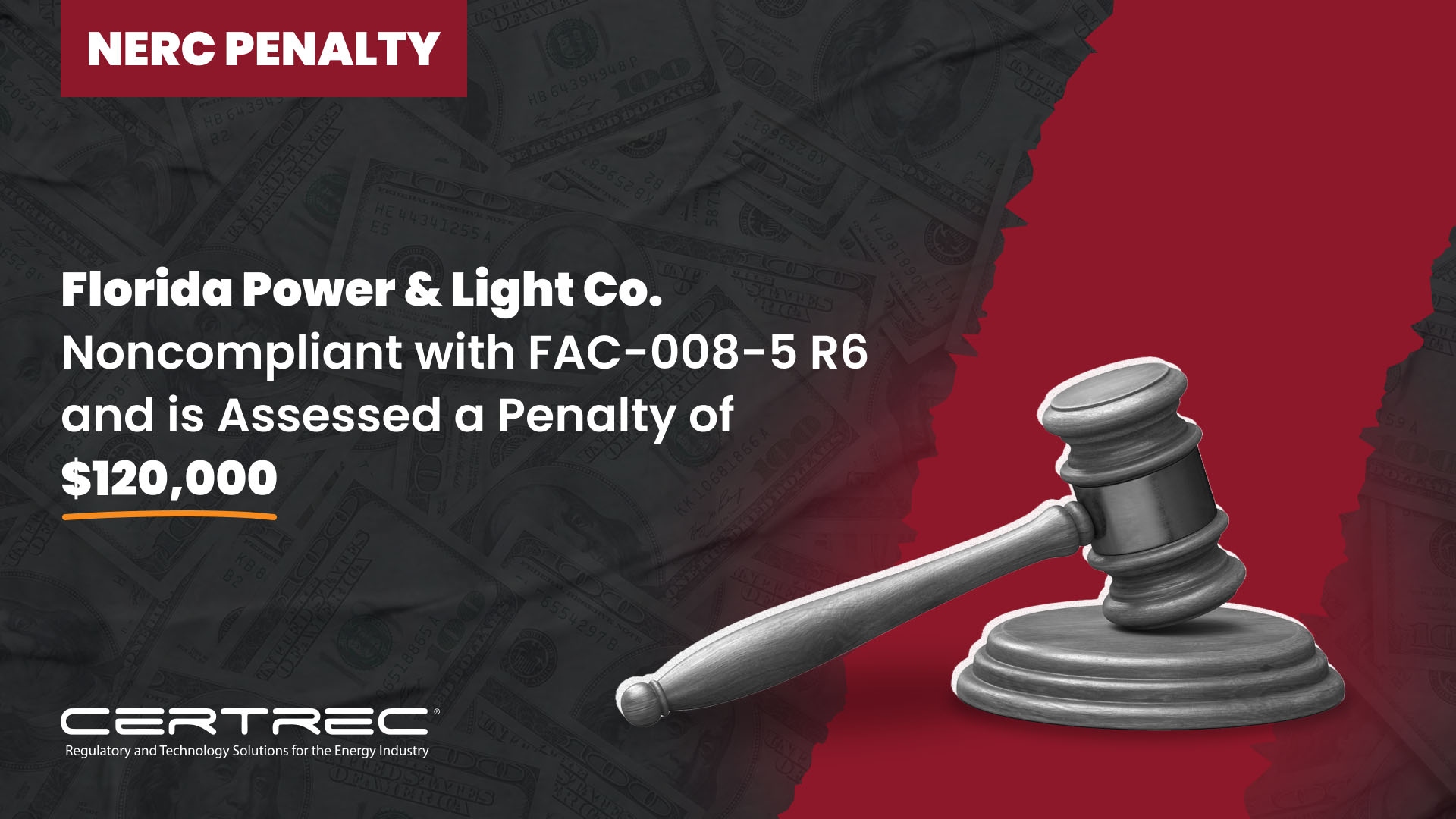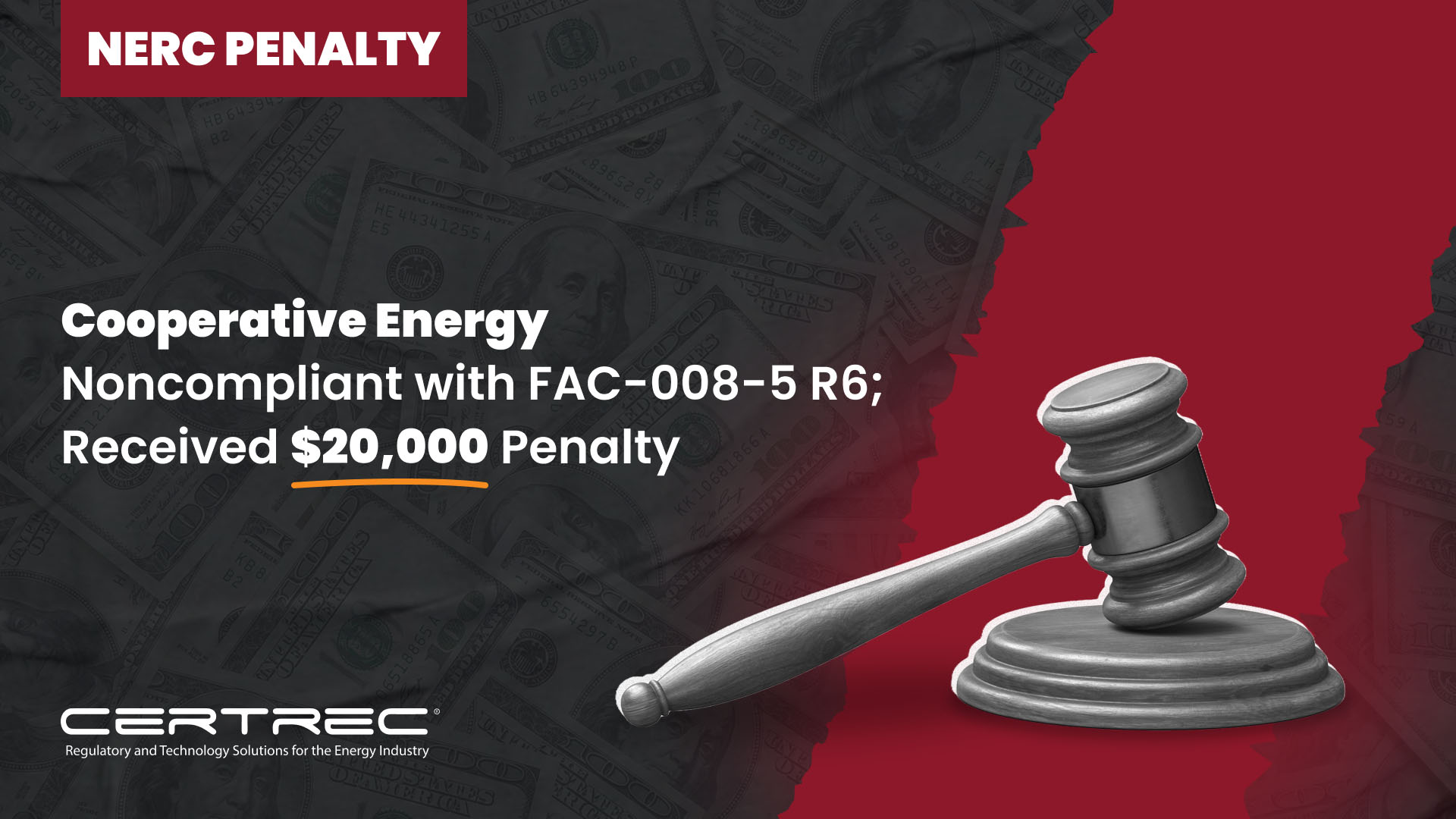NERC Level 3 Alert: Essential Actions for Inverter-Based Resource (IBR) Performance and Modeling
In May 2025, the North American Electric Reliability Corporation (NERC) issued a Level 3 Alert targeting widespread deficiencies in Inverter-Based Resource (IBR) performance and modeling across the Bulk Power System (BPS). The alert addresses over 15,000 MW of unexpected generation loss stemming from IBR-related disturbances since 2016, many of which were not anticipated through existing planning processes or accurately replicated through modeling. The alert requires Generator Owners (GOs), Transmission Owners (TOs), Transmission Planners (TPs), and Planning Coordinators (PCs) to formally acknowledge receipt by May 27, 2025, and to submit comprehensive reporting by August 18, 2025.
Purpose and Context
Following 10 major event reports and multiple Level 2 Alerts, NERC found that voluntary implementation of modeling recommendations was insufficient. Generator Owners often lacked access to critical IBR facility data, and data submission rates remained unacceptably low. These gaps reveal significant weaknesses in how industry models, validates, and manages IBR technology. This Level 3 Alert escalates NERC’s response by mandating detailed Essential Actions that must be implemented to protect grid reliability and improve coordination across the BPS.
Key Essential Actions
For TOs, TPs, and PCs:
Essential Action #1 requires TOs and TPs, in coordination with PCs, to establish transparent, performance-based criteria for IBR interconnection. This includes specifications for:
- Reactive power control, including voltage control modes and parameter thresholds.
- Frequency response, detailing real-time response expectations beyond staged testing.
- Ride-through behavior, aimed at maximizing IBR stability during disturbances.
- Post-disturbance recovery, with guidance on acceptable voltage and power recovery timelines.
- Reactive capability utilization, ensuring systems use full capacity for stability.
Essential Action #2 instructs TPs and PCs to validate IBR models through:
- OEM-supplied validation reports and performance benchmarks.
- Alignment between modeled parameters and as-built configurations.
- Public posting of performance criteria allows developers to align early in the design phase.
- Establish feedback loops to capture model changes stemming from design updates.
Essential Action #3 involves auditing currently installed IBRs to compare real-world performance against existing models. This assessment helps identify discrepancies, update models accordingly, and ensure transparent communication of changes among all affected stakeholders.
For Generator Owners (GOs):
Essential Action #4 requires GOs to build and maintain robust internal processes to verify that their IBR models are accurate, up-to-date, and represent the actual operational characteristics of the facility. This includes:
- Obtaining benchmark validation data from inverter and controller manufacturers.
- Performing commissioning tests to confirm conformity between design and installation.
- Implementing parameter tracking and firmware change management procedures.
- Retaining a complete repository of essential IBR data, including hardware specifications, firmware versions, ride-through settings, and control strategies.
GOs are encouraged to work closely with OEMs to ensure model development is supported throughout the facility’s operational life cycle. These models must be capable of translating software parameters into real-world behavior, helping to prevent discrepancies between planning studies and field performance.
Compliance Requirements
Compliance involves three critical steps via the NERC Alert System: (1) acknowledging receipt of the alert, (2) submitting entity-specific responses, and (3) approving the final submission. These steps must be completed for the response to be valid. Although Level 3 Alerts do not carry enforcement penalties like Reliability Standards under Section 215 of the Federal Power Act, NERC stresses that failure to address the issues highlighted, especially if they contribute to a Reliability Standard violation, will not excuse noncompliance with existing regulations.
This alert does not override Reliability Standards but serves to reinforce and preemptively align industry practices with upcoming standards. It particularly supports ongoing development of FAC-001 and FAC-002 revisions and follows directives related to FERC Order No. 901, which emphasizes improved modeling and planning for inverter-based technologies.
Broader Industry Impact
NERC’s data indicates that both the frequency and severity of IBR-related disturbances are rising, particularly in regions with high renewable penetration. Without decisive action, these reliability risks will continue to grow in scope and complexity. Unlike synchronous generators, IBR systems require precise modeling, advanced controls, and robust communication between owners and planners to function correctly in fast-changing grid conditions. The gap between design assumptions and operational behavior has already proven costly, and NERC emphasizes that future system planning cannot rely on incomplete, inaccurate, or outdated model data.
The implementation of these Essential Actions will contribute significantly to improving grid resilience, planning accuracy, and real-time response under fault and disturbance conditions. It will also support the reliability and operational integration of renewable energy resources, ensuring that IBRs contribute effectively to system stability rather than becoming a source of vulnerability.
To aid implementation, NERC has provided links to related reports and guidelines, including the Blue Cut Fire, Odessa, and California BESS event reports, as well as the IBR Modeling Strategy, EMT Modeling Guideline, and Dynamic Modeling Recommendations. These resources offer additional technical guidance and case studies to help registered entities comply effectively and proactively with this alert.
About Certrec:
Certrec is a leading provider of regulatory compliance solutions for the energy industry with the mission of helping ensure a stable, reliable, bulk electric supply. Since 1988, Certrec’s SaaS applications and consulting expertise have helped hundreds of power-generating facilities manage their regulatory compliance and reduce their risks.
Certrec’s engineers and business teams bring a cumulative 1,500 years of working experience in regulatory areas of compliance, engineering, and operations, including nuclear, fossil, solar, wind facilities, and other Registered Entities generation and transmission.
Certrec has helped more than 200 generating facilities establish and maintain NERC Compliance Programs. We manage the entire NERC compliance program for 80+ registered entities in the US, Canada, and Mexico that trust us to decrease their regulatory and reputational risk. Certrec is ISO/IEC 27001:2013 certified and has successfully completed annual SOC 2 Type 2 examinations.
For press and media inquiries, please contact marketing@certrec.com.
Share








